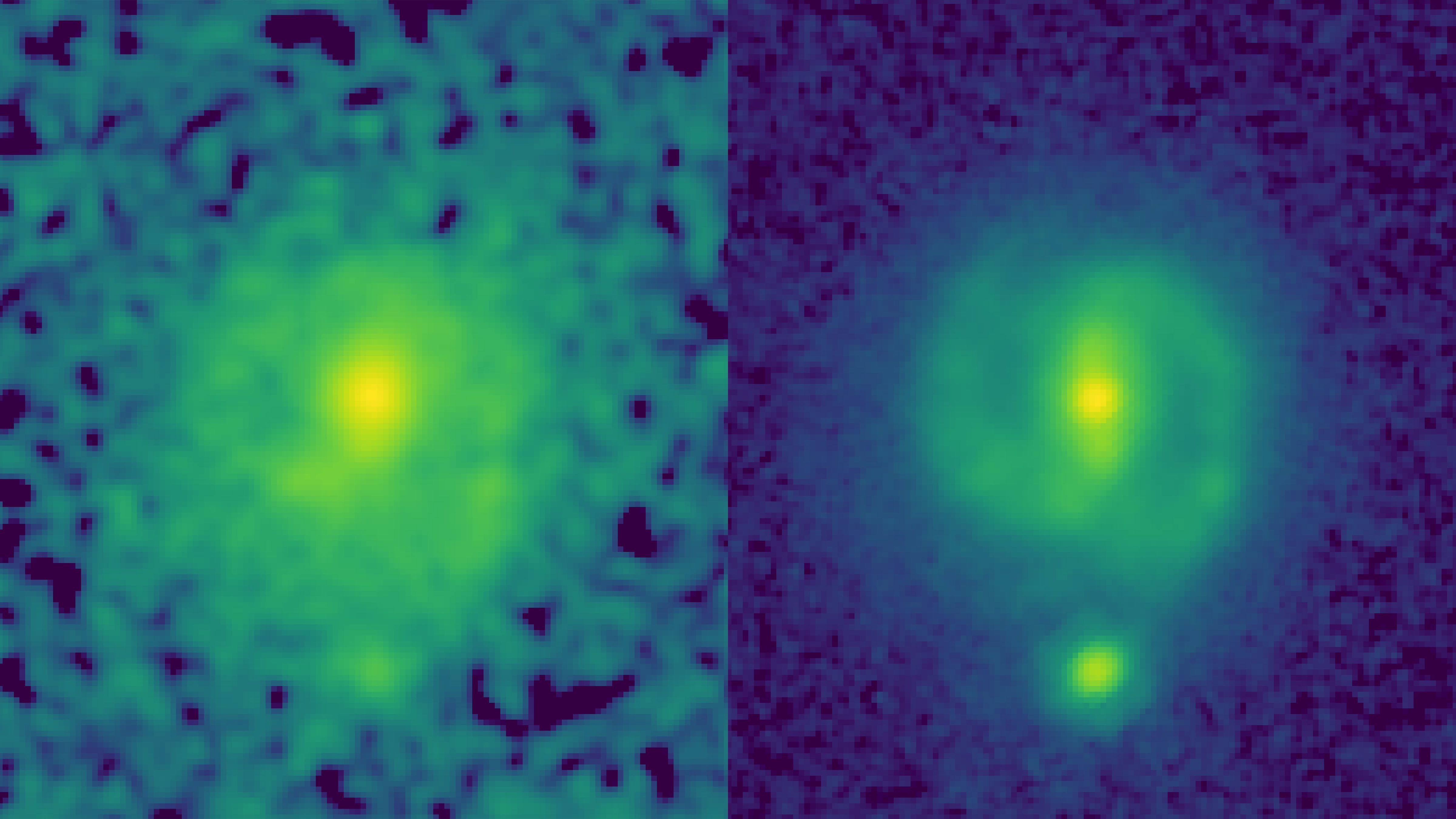Galaxies shockingly similar to our own found near the beginning of the universe by Nasa

Your support helps us to tell the story
From reproductive rights to climate change to Big Tech, The Independent is on the ground when the story is developing. Whether it's investigating the financials of Elon Musk's pro-Trump PAC or producing our latest documentary, 'The A Word', which shines a light on the American women fighting for reproductive rights, we know how important it is to parse out the facts from the messaging.
At such a critical moment in US history, we need reporters on the ground. Your donation allows us to keep sending journalists to speak to both sides of the story.
The Independent is trusted by Americans across the entire political spectrum. And unlike many other quality news outlets, we choose not to lock Americans out of our reporting and analysis with paywalls. We believe quality journalism should be available to everyone, paid for by those who can afford it.
Your support makes all the difference.Galaxies shockingly similar to our own appear to have been found near the beginning of the universe.
The discovery was made by scientists using Nasa’s James Webb Space Telescope, which is able to look deep into the history of the cosmos.
As scientists did, they found galaxies with “stellar bars”. Those are long features of stars that reach from the middle of galaxies out into their furthest discs.
Those galaxies were around when the universe was just 25 per cent of its current age, the researchers said.
Such barred galaxies have been seen before, in our own Milky Way. But seeing them this early on in the development of the cosmos will need a rewriting of our galaxies of how galaxies evolve.
The extra detail of the JWST appears to have been the breakthrough required to see early galaxies in enough detail to detect those bars. Previous observations by the Hubble Space Telescope showed the galaxy EGS-23205 to be an intriguing smudge – but new images from JWST show it as a precise swirl with extending bars.
“I took one look at these data, and I said, ‘We are dropping everything else!’” said Shardha Jogee, professor of astronomy at The University of Texas at Austin, in a statement. “The bars hardly visible in Hubble data just popped out in the JWST image, showing the tremendous power of JWST to see the underlying structure in galaxies.”
Scientists then found another galaxy, known as EGS-24268 and also from about 11 billion years ago. Together they are much closer to the beginning of the universe than any other example that has been found.
Those bars don’t just show the galaxies in new detail. They are also an important part of the evolution of galaxies – and their discovery suggests that early galaxies could have been growing in ways we didn’t realise.
“Bars solve the supply chain problem in galaxies,” said Professor Jogee. “Just like we need to bring raw material from the harbor to inland factories that make new products, a bar powerfully transports gas into the central region where the gas is rapidly converted into new stars at a rate typically 10 to 100 times faster than in the rest of the galaxy.”
With those bars in place, early galaxies would have had a way to start producing stars early on in the cosmos, for instance.
Join our commenting forum
Join thought-provoking conversations, follow other Independent readers and see their replies
Comments